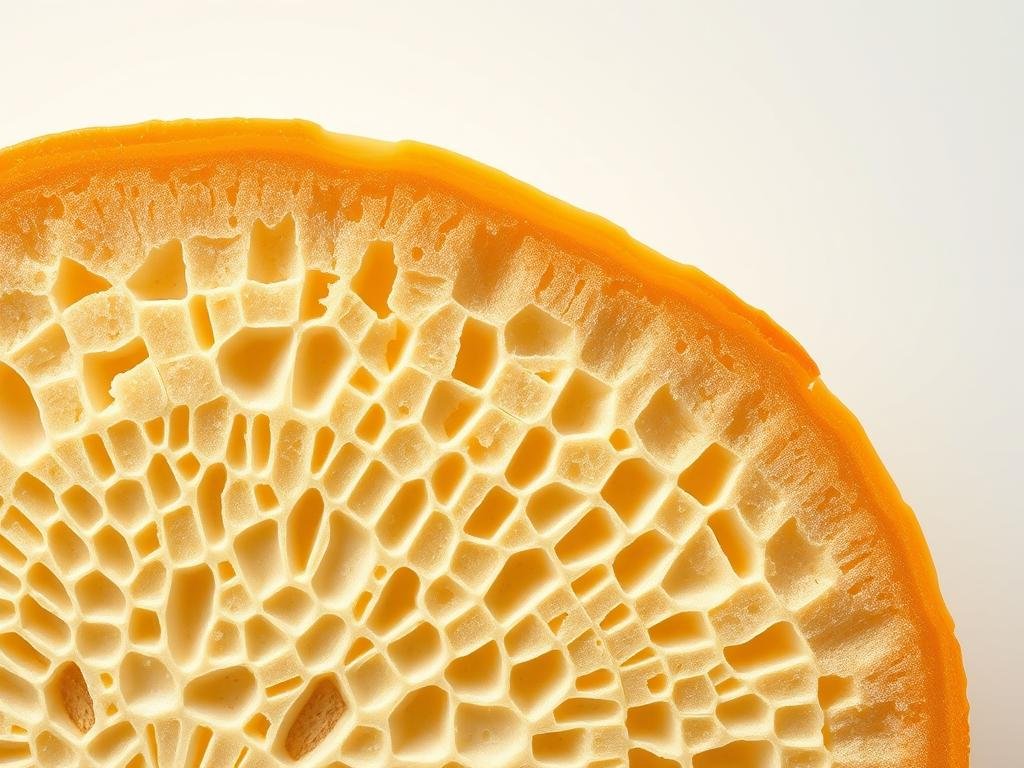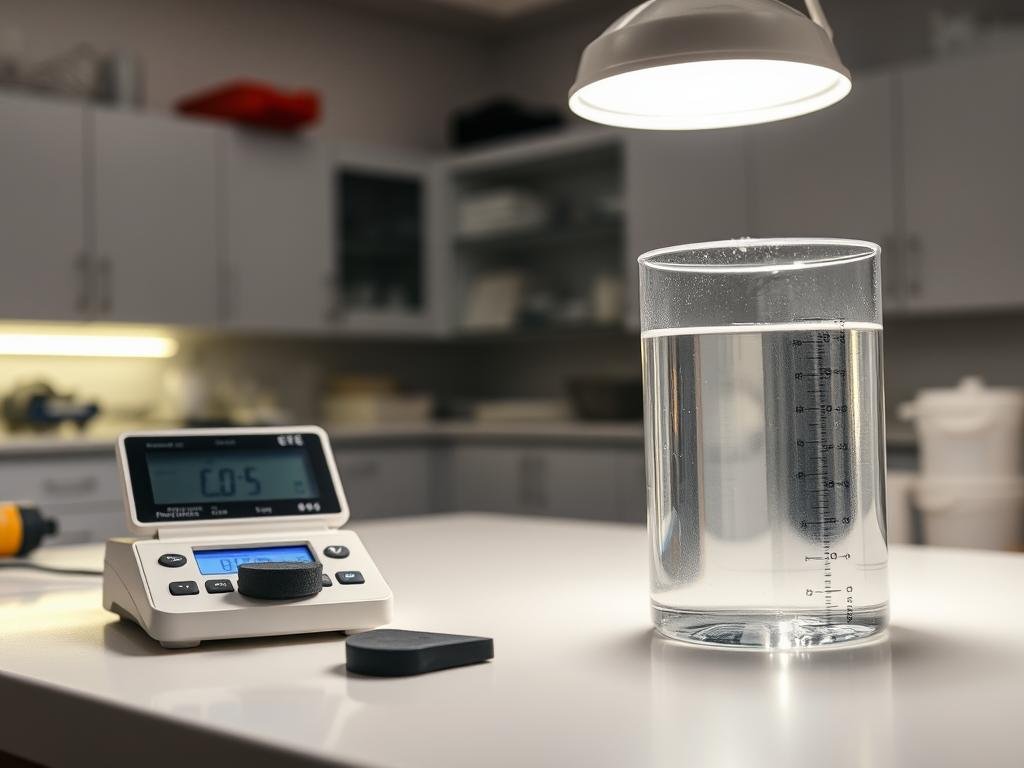Die Dichte von Gummi is a crucial physical property that affects its performance in various Anwendungen, from automotive parts to industrial seals.
Understanding the differences in density between natural and synthetic rubber is essential for engineers and product designers to select the optimal Material for specific requirements.
The density of rubber typically ranges from 0.92 g/cm³ to 2.02 g/cm³, with natural rubber generally having lower density than specialized synthetic rubbers.
This comprehensive guide will compare the densities of natural and synthetic rubber, explain measurement methods, and help you understand how density affects rubber performance in real-world applications.
Verstehen der Gummi-Dichte und ihre Bedeutung
Understanding the density of rubber is essential for selecting the right material for specific uses. Rubber density is a critical property that affects the material’s performance in various applications.
What Is Rubber Density?
Rubber density is defined as the mass per unit volume of rubber material, typically measured in grams per cubic centimeter (g/cm³). It is a fundamental characteristic that influences the physical and mechanical properties of rubber. As noted by industry experts, “The density of rubber is a key factor in determining its suitability for different applications.”
Why Density Matters in Rubber Applications
The density of rubber directly impacts its physical characteristics, including strength, flexibility, weight, chemical resistance, and sealing effectiveness. Rubber sheet density typically ranges from 1.00 to 2.00 g/cm³, depending on the type of rubber, formulation, and additives used.
- Lower density rubbers (1.00-1.20 g/cm³) are more flexible and elastic, making them ideal for applications requiring good sealing properties.
- Medium density rubbers (1.21-1.50 g/cm³) offer a balance between flexibility and strength, suitable for automotive seals and industrial gasketing.
- Higher density rubbers (1.51-2.00 g/cm³) provide superior durability and resistance to compression, making them appropriate for heavy-duty industrial applications.
Understanding rubber density helps engineers optimize material selection for weight considerations, space constraints, and specific performance requirements. As the density affects how rubber responds to pressure, temperature changes, and chemical exposure, it directly influences product performance and longevity.
Natural Rubber Density Characteristics
Understanding the density characteristics of natural rubber is essential for selecting the right material for specific uses. Natural rubber (NR) has a density of approximately 1.34 g/cm³, which is relatively low compared to other materials.
Typical Density Range
Natural rubber typically has a density range of 0.92-1.10 g/cm³. This range makes it one of the lighter rubber materials available for industrial applications. The relatively low density contributes to its exceptional elasticity and flexibility.
Physikalische Eigenschaften
The physical properties of natural rubber are closely related to its density. Its molecular structure creates a unique combination of low density and high tensile strength, approximately 160 kg/cm², with elongation capabilities of up to 410%. This balance of properties makes natural rubber suitable for applications where material weight is a consideration.

Advantages and Limitations
Natural rubber’s density characteristics provide several advantages, including good abrasion resistance and tear strength. However, its density limitations become apparent in high-temperature environments (above 70°C) and when exposed to oils and solvents, where the material may degrade or swell.
- The low density of natural rubber allows for excellent recovery after compression or stretching.
- Its density can be modified through compounding with various fillers and additives.
- Despite its advantages, natural rubber has poor resistance to oil and high temperatures.
Overall, the density of natural rubber is a critical factor in determining its suitability for various applications.
Synthetic Rubber Density Comparison
Synthetic rubber density varies widely across different types, offering a range of performance characteristics. This variability allows for the selection of the most appropriate material for specific applications, based on factors such as chemical resistance, temperature resistance, and mechanical strength.
Common Synthetic Rubber Types and Their Densities
Synthetic rubbers exhibit a wider range of densities compared to natural rubber, typically between 1.00 and 2.02 g/cm³. This range enables the tailoring of performance characteristics for specific applications.
Nitrile Rubber (NBR) Density Profile
Nitrile rubber (NBR) has a density of 1.22 g/cm³, offering excellent oil resistance and good mechanical strength. Its abrasion resistance and compression set make it suitable for sealing applications.
EPDM, Neoprene, and Silicone Rubber Densities
EPDM rubber has a density of 1.17 g/cm³, providing good resistance to weathering and polar chemicals. Neoprene (CR) has a density of 1.45 g/cm³, with balanced mechanical properties and good chemical resistance. Silicone rubber (VMQ) has a density of 1.35 g/cm³, offering exceptional temperature resistance.
High-Density Synthetic Rubbers: Viton and Fluorosilicone
Viton (FKM) has a density of 2.02 g/cm³, with exceptional compression set at high temperatures and superior chemical resistance. Fluorosilicone rubbers also exhibit high densities, correlating with their enhanced resistance to aggressive chemicals.
| Synthetic Rubber Type | Dichte (g/cm³) | Key Properties |
|---|---|---|
| Nitrile Rubber (NBR) | 1.22 | Excellent oil resistance, good mechanical strength |
| EPDM | 1.17 | Good resistance to weathering, steam, and polar chemicals |
| Neoprene (CR) | 1.45 | Balanced mechanical properties, good chemical resistance |
| Silicone Rubber (VMQ) | 1.35 | Exceptional temperature resistance (-70°C to 200°C) |
| Viton (FKM) | 2.02 | Superior chemical resistance, high-temperature performance |
How to Measure the Density of Rubber
Accurate density measurement is essential for quality control in rubber manufacturing. To achieve this, two primary methods are employed: the water displacement method and the pycnometer method.
Wasserverdrängungsmethode
The water displacement method, based on Archimedes’ principle, involves measuring the sample weight in air (W1) and then submerged in water (W2). The density is calculated using the formula: Density (g/cm³) = W1/(W1 – W2). This method is straightforward and effective for many rubber samples.

Pycnometer Method
Die Pyknometer-Methode bietet eine höhere Genauigkeit, insbesondere bei kleineren Proben. Sie umfasst das Wiegen des leeren Pyknometers (Wp), das Befüllen mit Wasser und erneutes Wiegen (Ww), dann das Einlegen der Probe, das Befüllen mit Wasser und Wiegen (Ws). Die Dichte wird berechnet als: Dichte (g/cm³) = Probengewicht in Luft / ((Ww + Probengewicht) – Ws).
Branchenstandards für Dichtemessung
Branchenstandards wie ASTM D297 und ISO2781 bieten Richtlinien zur Messung der Gummidichte und gewährleisten konsistente Ergebnisse. Diese Standards legen die Probenvorbereitung, Temperaturbedingungen und Messtechniken fest, um Variablen, die die Dichtemessung beeinflussen, zu minimieren.
Faktoren, die die Gummidichte beeinflussen
Das Verständnis der Faktoren, die die Gummidichte beeinflussen, ist entscheidend für die Auswahl des richtigen Materials für spezifische Anwendungen. Die Dichte von Gummi ist keine feste Eigenschaft; vielmehr wird sie von verschiedenen Faktoren beeinflusst, die während des Herstellungsprozesses angepasst werden können, um die gewünschten Eigenschaften zu erreichen.
Filler Content and Types
Filler content is one of the key factors influencing rubber density. Common fillers such as carbon black, silica, and calcium carbonate increase density while enhancing specific properties like mechanical strength, abrasion resistance, and durability. The type and amount of fillers used can significantly alter rubber density.
Additive und Weichmacher
Additives and plasticizers play a crucial role in modifying rubber density. Plasticizers typically decrease density while improving flexibility and processability. However, they may lower overall strength. The choice of additives and their proportions is critical in achieving the desired balance between density and other properties.
Manufacturing and Curing Processes
Der Herstellungsprozess beeinflusst die endgültige Gummidichte erheblich. Das Pressformenverfahren erzeugt in der Regel Produkte mit höherer Dichte im Vergleich zu Extrusion oder Spritzguss aufgrund von Unterschieden in der Materialverdichtung. Aushärtungsprozesse und Vulkanisationsparameter beeinflussen ebenfalls die Molekularvernetzungstiefe, was die gesamte physikalische Dichte der Gummimischung beeinflusst.
Der Grad der Vernetzung während der Vulkanisation kann die Gummidichte erhöhen, indem eine engere molekulare Struktur geschaffen wird. Extrusions- und Kalanderprozesse können im Vergleich zum Pressformen zu Produkten mit leicht geringerer Dichte führen.
Fazit: Auswahl der richtigen Gummidichte für Ihre Anwendung
The appropriate rubber density ensures the optimal functioning of rubber materials in diverse Anwendungen. Bei der Wahl zwischen Natur- und Synthesekautschuk sollten Faktoren wie Betriebsumfeld, chemische Belastung und mechanische Anforderungen berücksichtigt werden, um sicherzustellen product quality und Langlebigkeit.
Für automotive und industrielle Anwendungen bieten mitteldichte synthetische Kautschuke wie NBR oft die beste Balance zwischen Ölbeständigkeit und mechanischer Festigkeit. Maßgeschneiderte Kautschukformulierungen, wie sie von Julong Rubber, allow for tailored density specifications to meet unique application requirements.
To get free consultation on rubber material selection based on density requirements, contact Julong Rubber’s technical team. Understanding the trade-offs between density, performance, and cost enables engineers to make informed decisions when specifying rubber materials for new product development or existing product improvement, ensuring optimal performance in mass production.
